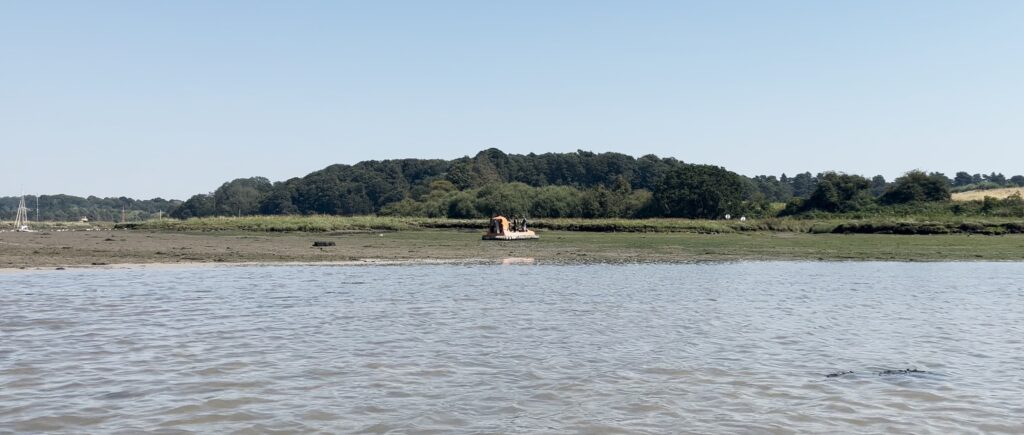
Jie Gong and Helene Burningham today published their report and analysis of the data from the voluntary, community-based Bawdsey Beach Monitoring (BBM) activity that has been taking place regularly since 2013. Detailed, weekly measurements enable an enhanced analysis of beach dynamics and the processes and conditions that drive change along our shoreline.
The report demonstrates that the BBM data aligns well with national monitoring data, but that the higher temporal frequency of the BBM data means that it is more effective at capturing beach behaviour over a range of timescales from weeks to months and years.
Key findings from the data collected so far include:
- Overall beach volume has declined over the years – any episodic sediment influx during winters is short-lived.
- Bawdsey Beach is influenced by a bidirectional wave climate split between north-easterly and southerly waves – north-easterly waves (mostly in the summer) tend to drive erosion and southerly waves (mostly in the winter) lead to accretion.
- Sediment movement is cyclical – sediment accretion in the south and erosion in the north occurs during winter, but during summer the pattern is reversed – accretion in the north and erosion in the south.
- Sediment transport along the Deben inlet is unidirectional (into the estuary), and elevation changes here are linked to the dynamics of Bawdsey spit that supplies the inlet with sediment in the form of banks that periodically more alongshore.
- The reduction in open beach volume is linked to: i) sheet piling coastal defence structures that prevent movement of the shoreline, ii) limited gravel contained in the eroding cliffs to the north, iii) separation of the Bawdsey sediment system from the Orford Spit/Shingle Street sediment system due to the coastal defence structures at East Lane, and iv) degraded groynes that locally modify beach sediment storage. The overarching decline in sediment supply to this shoreline threatens the Deben estuary mouth, potentially reducing the protective function of The Knolls and future sediment supply to the Felixstowe Ferry shoreline.

